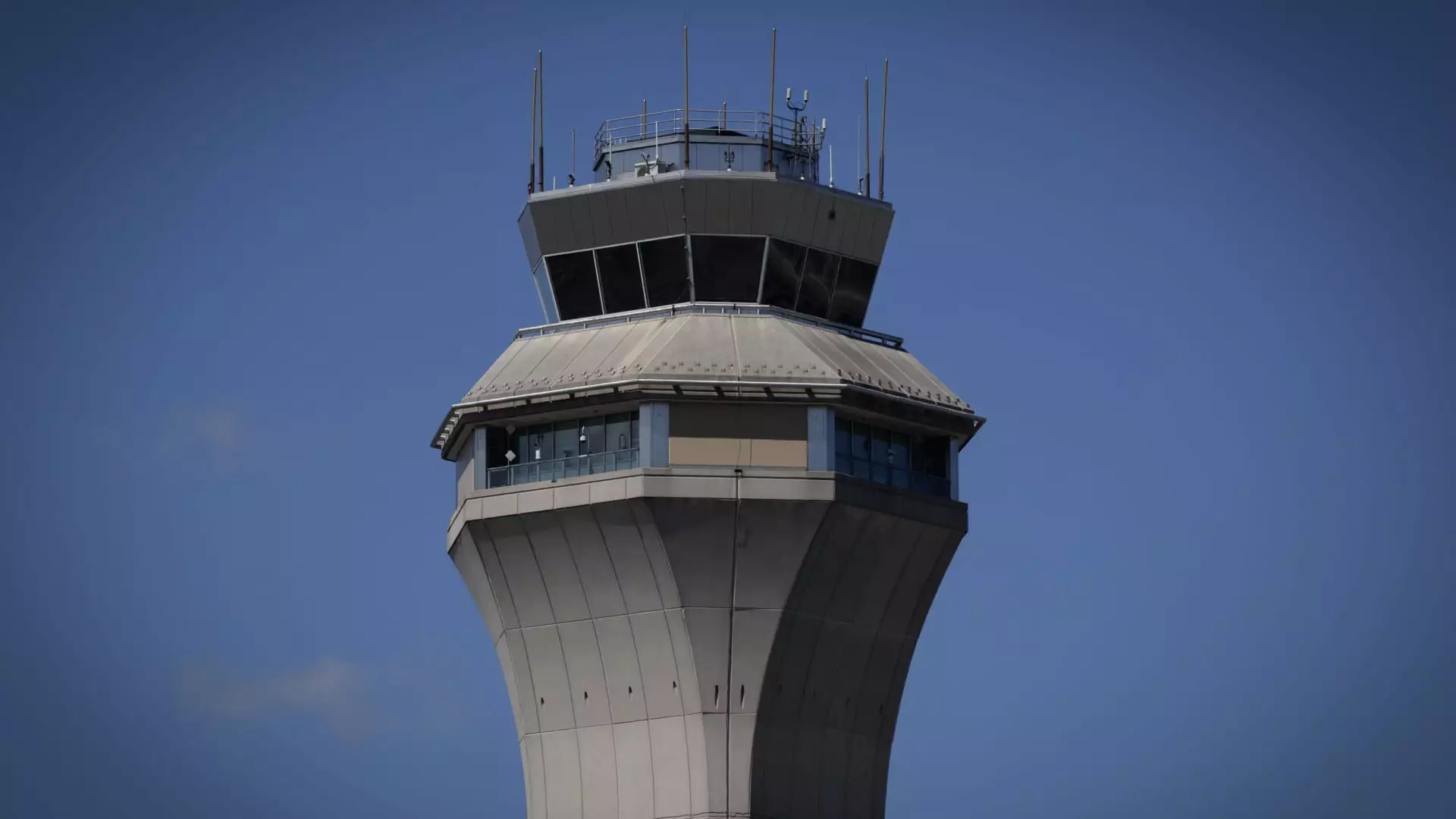The recent turmoil at Newark Liberty International Airport has highlighted a persistent problem within the U.S. aviation sector: an outdated and overtaxed infrastructure that is failing to keep pace with the demands of modern air travel. Following a series of crippling equipment failures and a significant shortage of air traffic controllers, Newark’s operations came to a staggering halt, causing more than a thousand delays. This troubling situation has sparked urgency among government officials and airline leaders alike, as they prepare to convene with the Federal Aviation Administration (FAA) this week to address the mounting crisis.
Air travel disruptions, particularly at busy hubs such as Newark, tend to send ripples throughout the entire network, affecting countless flights and passengers. Transportation Secretary Sean Duffy ominously stated that the issues seen in Newark are just the tip of the iceberg; “What you see in Newark is going to happen in other places across the country,” he cautioned. Such remarks underline the fact that if immediate action is not taken, the U.S. might be on the precipice of a nationwide air travel disaster.
The Human Cost of Inefficiency
The heart of the issue lies not only in aging technology but also in the human resources tasked with managing the complexities of air traffic. Last month, the loss of communication between air traffic controllers and incoming and outgoing flights lasted for a nerve-wracking 90 seconds, impacting operations significantly. In the aftermath, several controllers opted for trauma leave, exacerbating an already critical staffing shortage. This highlights the mental and emotional strain on professionals who are responsible for the safe navigation of thousands of flights daily, reminding us that human factors are just as important as technological ones.
The FAA’s admission of telecommunication issues and the chaos that ensued raises troubling questions about the robustness of current systems. With runway construction further compounding delays, the air travel experience is rapidly deteriorating as summer approaches—often perceived as a peak travel season fraught with stress. It’s a timely reminder that the reliance on outdated systems and insufficient staffing not only inhibits operational efficiency but jeopardizes passenger safety.
A Collective Call for Change
In response to the challenges at Newark, a concerted effort led by Duffy and several airline CEOs has emerged, advocating for a significant overhaul of the aviation infrastructure. Although hard financial estimates remain absent, preliminary evaluations suggest that at least $31 billion would be necessary to address critical upgrades and staffing needs. This call for modernization is not merely about improving technology; it is a clarion call to enhance the entire ecosystem of air travel, focusing on both equipment and people.
Moreover, the ongoing discussions surrounding flight reductions highlight a fundamental truth: the current operational model is unsustainable. United Airlines, which manages a significant portion of Newark’s traffic, has already begun to take proactive measures by cutting flights to alleviate the stress on their operations. Their CEO, Scott Kirby’s, straightforward assessment emphasizes the disconnect between FAA-approved capacities and real-world limitations.
The overwhelming demand during peak hours—approving schedules that exceed the airport’s capacity—exemplifies a systemic failure in oversight and planning. As Kirby pointed out, it’s a mathematical impossibility that will lead to inevitable gridlock. This predicament not only impacts passengers but also inflicts financial losses on airlines already grappling with recovery from the pandemic.
Rethinking the Future of Air Travel
The stakes could not be higher as the upcoming meeting between airlines and the FAA is set to chart a path forward. Modernizing aviation infrastructure may well represent a gambit that could redefine how air travel is experienced in the U.S. It is a crucial opportunity for stakeholders to address not only the symptoms of a troubled system but to rectify the foundational issues that have led us here.
This moment in time is ripe for transformative change, but it will require unwavering commitment from both public and private sectors to ensure that air travel in the U.S. operates smoothly, safely, and efficiently. Failure to act decisively will undoubtedly result in frustration for travelers and a compromised air traffic system, ushering in a future filled with uncertainty and chaos. The clock is ticking, and the next steps taken will be pivotal in shaping the landscape of American air travel moving forward.


Leave a Reply